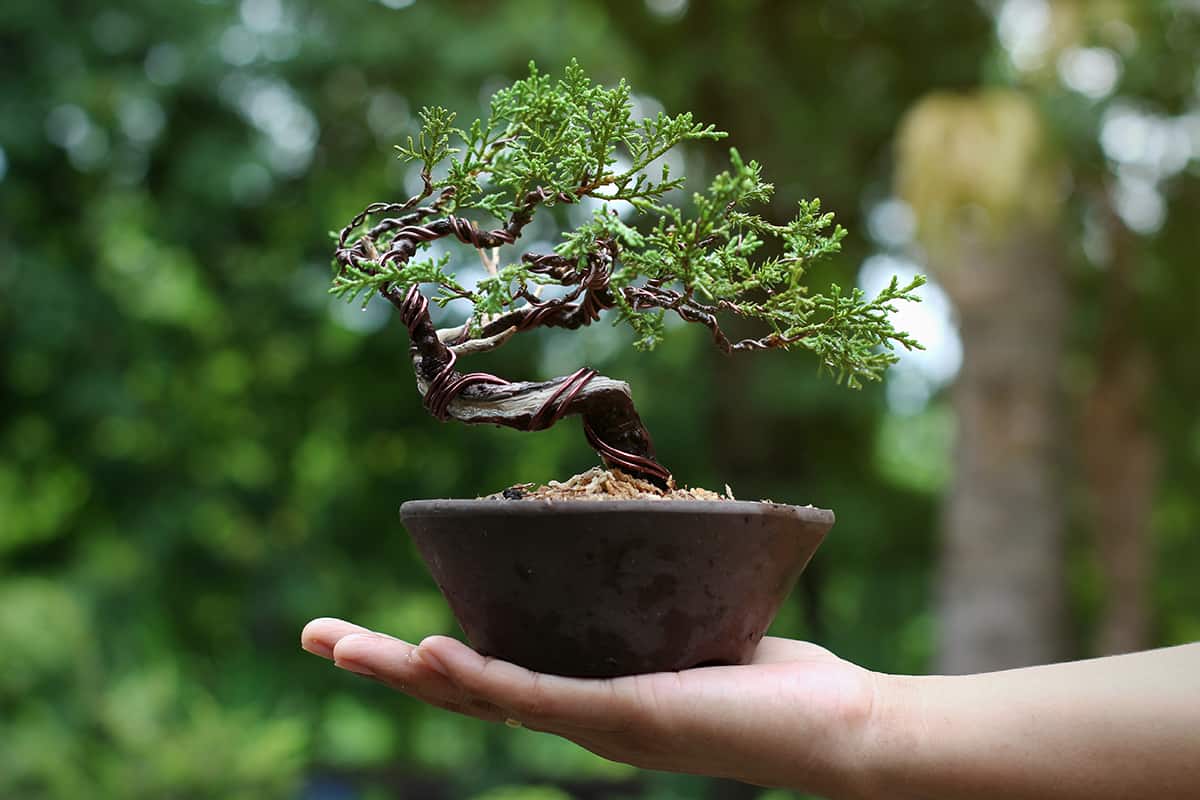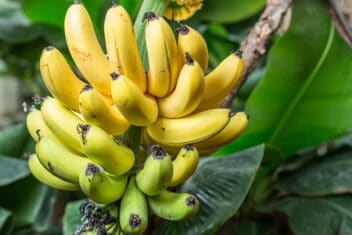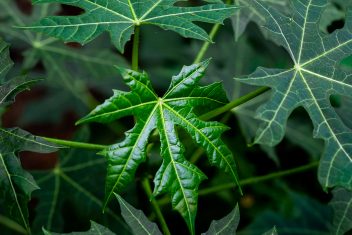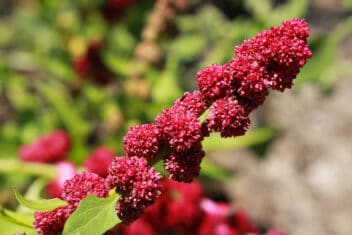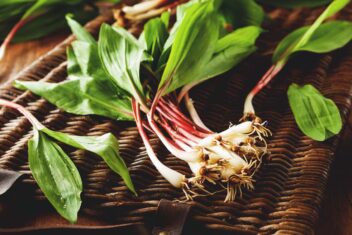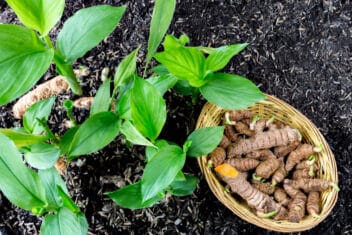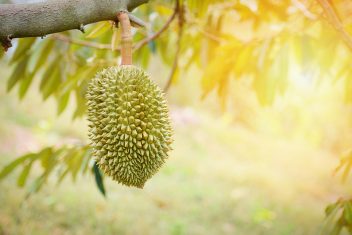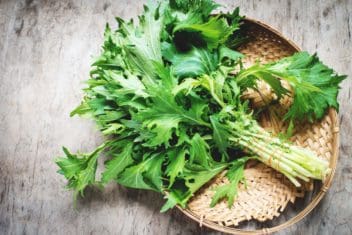The ancient art of bonsai continually fascinates beginners, experts, old and young alike. It’s an opportunity to bring nature indoors or to your garden. It’s also a meditation technique and a way of slowing down. Bonsai mingles sculpture and gardening, adding in a dose of the Japanese aesthetic of wabi-sabi (the beauty of imperfection).
Bonsai can be simple and complex, easy or challenging, wild or curated. Like life itself, bonsai is a journey: enjoy each step and don’t worry too much about perfection. Bonsai teaches us the even the smallest, weathered tree is beautiful. Ready to learn more?
Choosing A Tree
One of the sweetest aspects of bonsai is the way in which it nurtures creativity in older gardeners or those with limited mobility. When my grandfather’s aging heart kept him from working in his carefully crafted rose garden, he turned to bonsai.
The miniature trees gave him something living to nurture from his kitchen table. This past spring, when my mother’s cancer treatments left her with little energy for her sprawling garden, I sent her a gardenia bonsai to tend indoors.
The beautiful tree needed only a small amount of care, and it blossomed beside her through chemotherapy, surgery, and finally, remission. Bonsai trees are living works of art and quiet companions. They’re also an easy hobby to take up at any stage of life. There are so many ways to begin with bonsai.
It’s important to choose the species of tree, first. Pick one that can grow well in your climate, or make sure you have an indoor climate that suits it. I gave my mother a gardenia bonsai, which doesn’t fit her climate, but will thrive in her sunroom. For my own bonsai, I stick to hardy juniper and willow trees.
There are a plethora of trees to choose from in bonsai – almost any tree can be grown as bonsai.
The best species for beginners looking for an indoor tree are ficus, jade, umbrella, ginseng, money, or Chinese elm trees. Outdoor options include juniper, cotoneaster, olive, and rosemary.
Indoor or Outdoor
Where you’re growing your bonsai indoors or outdoors will play a major role in choosing species. In northern climates, many of the tropical, flowering bonsai can only be grown indoors. Native trees, like birch, oak, and juniper prefer to spend at least part of their time outdoors.
Since I live in a yurt, in the far north, none of the more tropical varieties of bonsai would thrive through our long, dark winters. But with a good, sunny room and plenty of heat – tropical trees do well indoors.
Consider both your home’s lighting and warmth when planning for an indoor bonsai. Tropical trees will also need a decent amount of humidity. If winter heating tends to dry out your house, use a humidifier to keep your trees happy.
Outdoor trees will also need care through the winter. Bonsai are small. That means they can be more at risk from deep frosts, heavy snows, and ice storms. Make sure your bonsai pots are protected if the temperatures get too low. A cool mudroom, garage, or entryway is a great place for bonsai trees that need to stay safe from winter weather.
Seed, Stalk, Sapling
When you’re a beginner bonsai aficionado, it’s easiest to buy an established plant and simply let it grow. Established bonsai trees are shaped and trimmed into a pleasing shape. All you have to do is continue clipping, watering, and feeding the tree.
These established plants will still give you plenty to do, but they also add the beauty of bonsai to your home right away. Established bonsai make beautiful gifts, but they can be expensive. Measuring anywhere from six inches to almost three feet in height, bonsai can fit any décor.
Or, choose a sapling from a nursery that already has a shape you like.
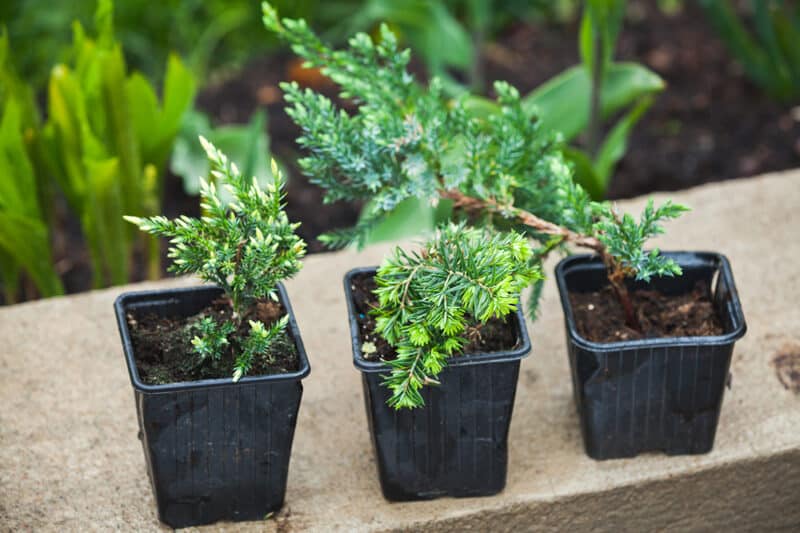
Starting from Stalks
Most beginner bonsai kits contain stalks instead of established plants. A bonsai stalk is simply a cutting from an established tree. The cutting – a healthy branch – is then rooted and planted in its own pot. It’s 100% identical genetically to the mother plant.
Cuttings are a great way to grow your own bonsai without starting from seed. Cuttings take a lot less time to mature into established plants. They also allow you more opportunity to shaped and form the bonsai than buying an established tree.
Seeding in Bonsai
Of course, the ultimate beginner bonsai experience involves starting your trees from seed and involving yourself in every aspect of the plant’s growth. It can be a long, slow process, but bonsai are supposed to be slow, life-long companions.
Starting with seeds may give you years of growing before your tree looks like an established bonsai. It’s the least expensive and the most hands-on way to work with bonsai. It’s also the most challenging.
Picking a Pot
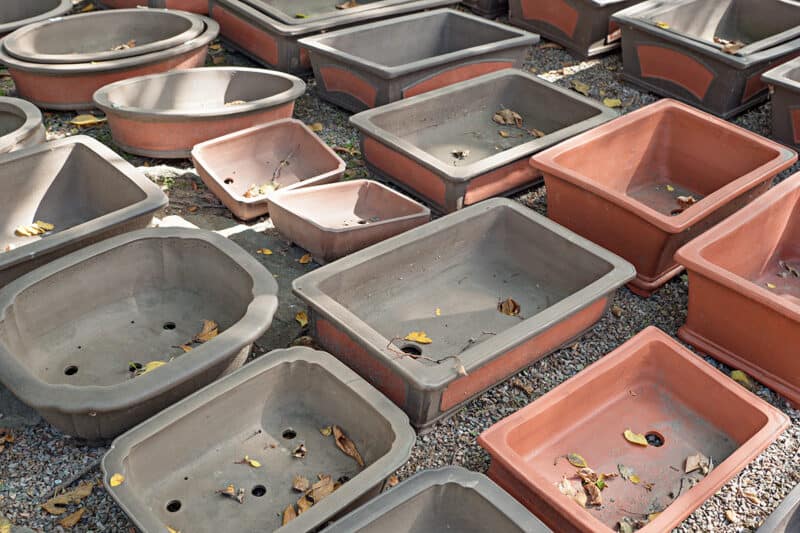
Traditionally, bonsai trees live in clay pots. Most bonsai cultivators still choose to go with glazed clay pots. They’re beautiful, and the clay helps to keep the soil healthy, without all the BPAs and chemicals that may leach out of plastic.
Make sure that your bonsai pot has drainage holes. Drainage is essential for healthy bonsai roots. Ideally, the pot should have several drainage holes so that all the extra water can seep away from the roots.
Bonsai pots need to restrict root growth. Your bonsai pot should be large enough to hold both the roots and enough soil to cover them. You may need to prune the roots of your bonsai to keep them from overtaking a smaller pot.
Building an Aesthetic
Pruning is one of the universal requirements for bonsai, whether you’re a beginner or have decades of experience. Whether you’ve bought an established plant, rooted a cutting, or started your tree from seed – pruning is essential.
You’ll have to prune growing and established plants consistently to keep their growth and shape on track. With bonsai, you’ll be pruning for both aesthetic and maintenance.
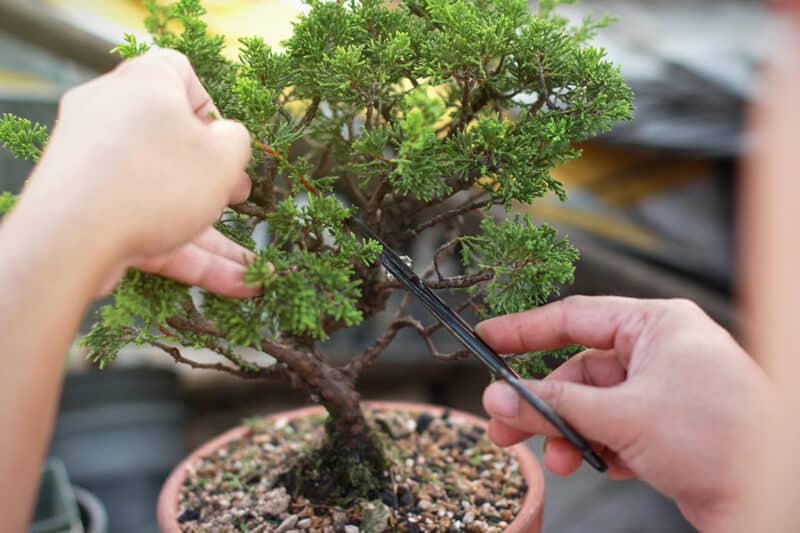
Aesthetic Pruning
Pruning for aesthetics involves training your plant to grow towards a certain look. You should only prune aesthetically when your bonsai is dormant. The dormant season is usually November through February. Aesthetic pruning can be simple or ostentatious, depending on your preferences.
Maintenance Pruning
Maintenance pruning should be done regularly. It involves gently removing dead leaves, twigs, and weeds from your bonsai; as well as trimming broken or crossed branches on the tree. While maintaining your bonsai tree, you’ll also want to trim back twigs to make sure they have a limited number of leaf nodes.
After pruning, it’s important to water your bonsai well. If any of your pruning cuts are weeping sap, cover them with a small dab of plant wound paste. The wound paste will help the bonsai heal and protect it from disease and insects as it does.
Wiring
One way to shape bonsai trees is by wiring the trunk and branches with flexible aluminum or copper wires. The wires allow you to shape and hold branches as they grow. It’s important to keep an eye on the wires, though, and remove or re-wrap them as the plant grows. We definitely don’t want wires digging into the bark of your bonsai.
You can wire your bonsai tree at any time of year. It usually takes a few months before the wired branches are set in their new positions. If you’re wiring in early spring, watch closely, because the spring and summer growing season can cause your branches to grow more quickly.
Feeding Bonsai
Bonsai trees need regular fertilizing. The small pots and minimal soil necessary for keeping the bonsai small means that there isn’t a lot of space for the soil to hold onto nutrients. Try to feed your bonsai on a regular schedule, depending on the type of tree. A 7-7-7 fertilizer is usually ideal, but you can buy pre-made bonsai fertilizers.
A gentle liquid fertilizer is usually the best option for small bonsai trees. It’s also usually ideal to dilute the fertilizer to make sure it’s not too much for your small plant to handle.
Repotting
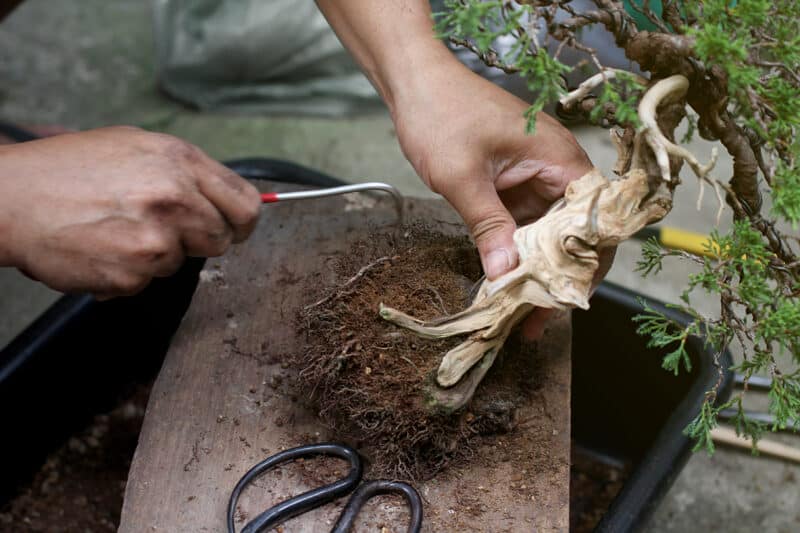
Every 2-5 years, you’ll need to re-pot your bonsai. Living in such tiny pots, the bonsai can easily get pot bound and the soil tends to compact. Without regular repotting, the bonsai’s roots will be too tightly packed to absorb nutrients, and the tree will starve.
Repotting your bonsai gives it a chance to breathe, refreshes the soil, and opens up the roots to absorb nutrients. Before repotting, gently lift up the bonsai to inspect the root mass. If the roots are still contained within the soil, your tree is content. If the roots are clearly visible, circling outside the root mass, and not contained within the soil, it’s time to re-pot.
Early spring is the ideal time to re-pot. The tree is still dormant, but the growth of spring will quickly repair the damage of repotting.
You may need to prune the roots of your tree as you re-pot, especially if they’ve been growing unchecked for a while. Then, mix up some fresh potting soil – most beginner bonsai enthusiasts like equal parts of akadama or other clay, pumice, or lava rock, and potting soil – and tuck your tree into its new home.
